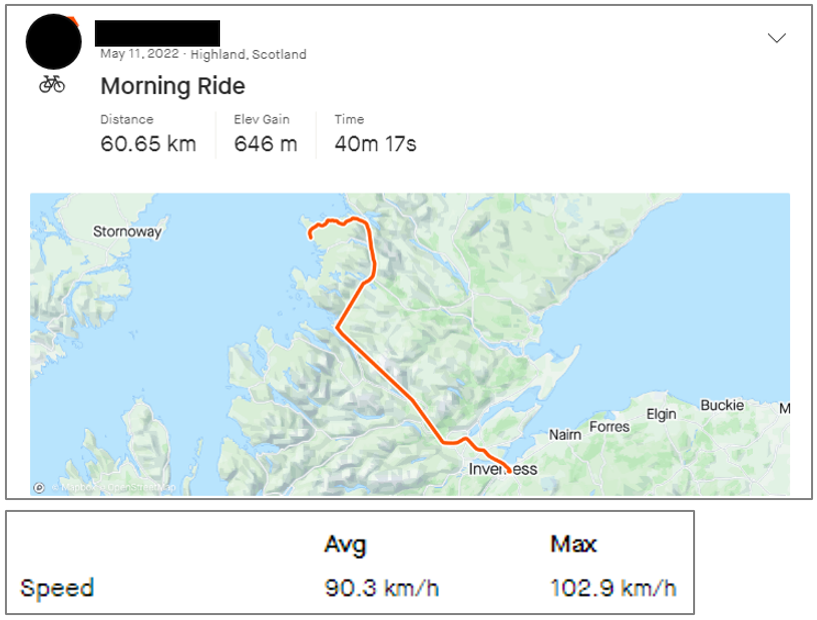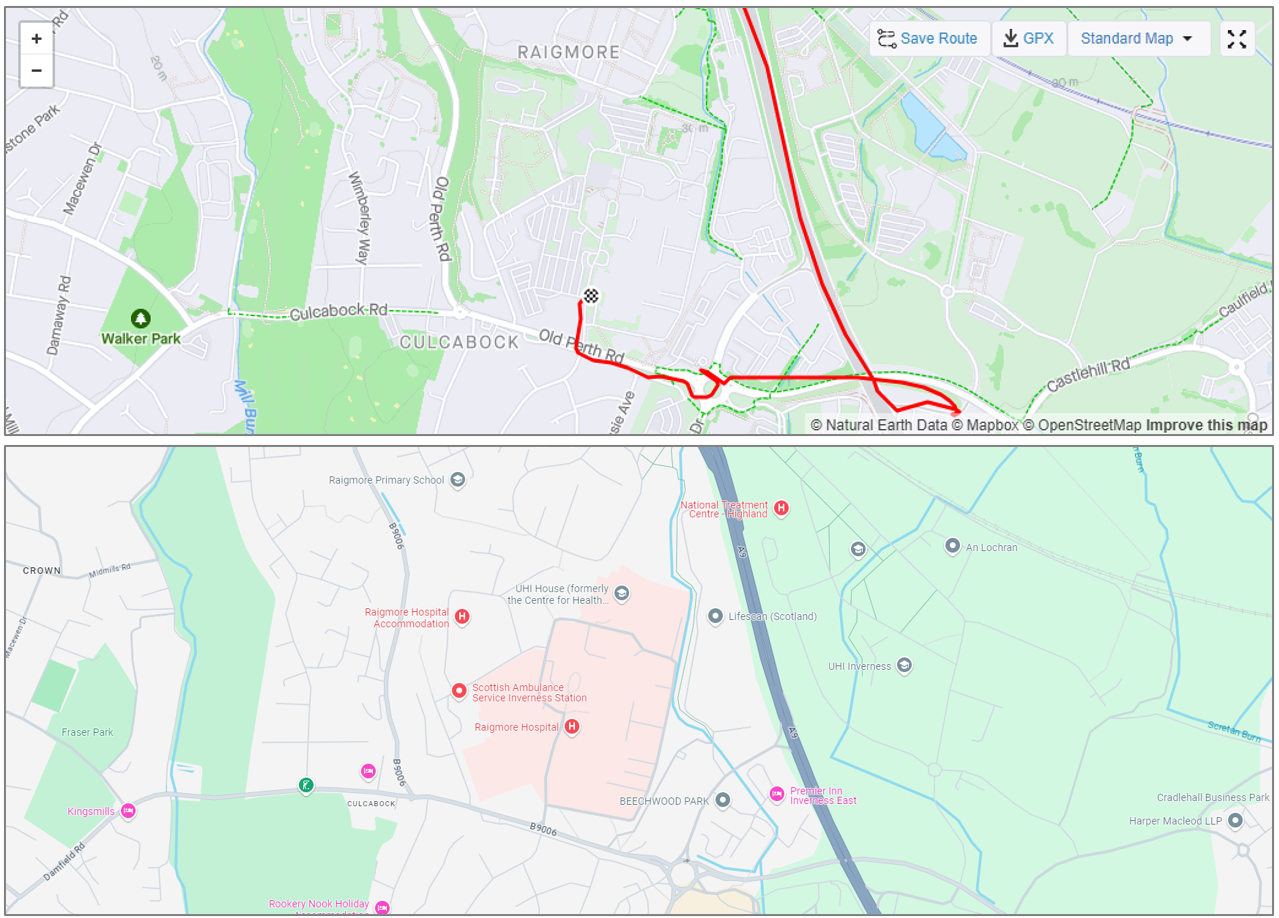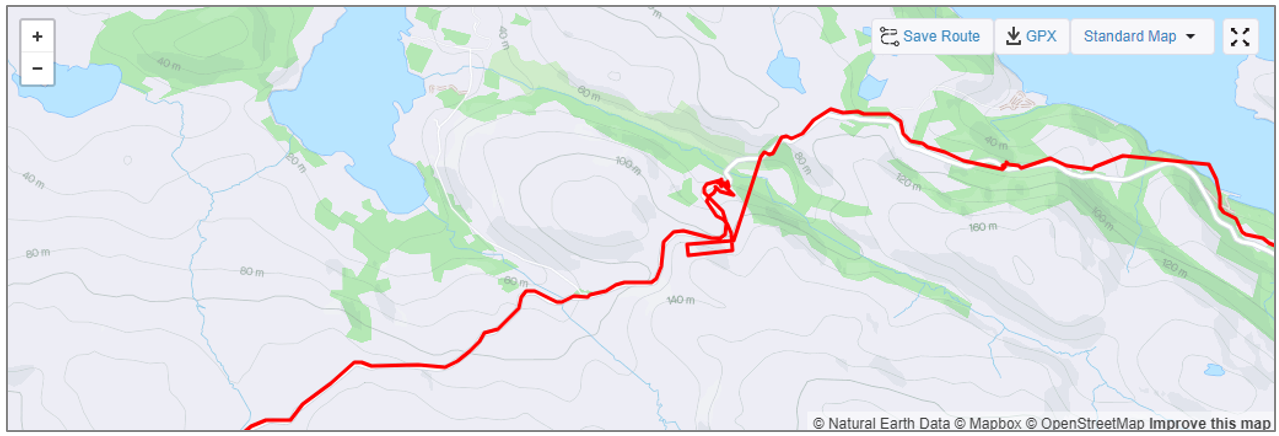
Strava: Making a Mountain of a Morning Run
NetWatch Training Manager Richard Vaughan takes a look at why Strava can be such a valuable resource for open source intelligence work
Richard Vaughan
Training Manager
NetWatch Training Manager Richard Vaughan takes a look at why Strava can be such a valuable resource for open source intelligence work
When we think about social media, the usual platforms spring to mind: Facebook, Instagram, X (we all still call it Twitter), and nowadays TikTok. Strava is a platform that often flies under the radar, and if you know about it, you really know about it, and if you don't… you probably think it's a Czech lager.
At NetWatch, our hit-rate on Strava for people aged 16-21 is just 11%, compared to around 70% on both Facebook and Instagram (data from 2022), pegging it as one of the lesser used social media platforms. However, despite being populated by a distinct minority of social media users (usually those who saw lockdown as an opportunity to better themselves, rather than watch Tiger King on repeat), when someone does have a Strava account, it can prove be a treasure trove of information. Of course, when we know the subject of our investigation was for example a cyclist, our hit rate goes through the roof.
In this blog, we'll explore the best that Strava has to offer, covering some notable case examples, such as The World Record Breaking Bus Driver, The Straight Line Cyclist and Calves of Iron.
The World Record Breaking Bus Driver
An investigation we conducted in 2020 related to a bus driver, and whether his claims that he was off work for 9 months following a car crash were true. We located his Strava account, which had some pretty interesting activity, which not only shed light on his physical capabilities, but also his working routine. In particular we found countless short runs on his profile, where like below, he stormed the 400m world record time of 43.03 seconds, running 386m in just 27 seconds.

This pattern continued, with him matching the 800m world record of 1 minute 40, completing 853m in just 1 minute and 7 seconds!

Through our investigation, it was clear that this individual wasn't completing these runs, and by analysing his route maps, it was apparent that each activity was him driving between stops on his bus, with his smart-watch picking it up as him starting an activity, and then automatically loading it to Strava! As such, we were able to confirm his return to work, and his working pattern thereafter.
Calves of Iron
In this case, we were asked by a client to investigate whether the claimant had returned to motorcycling after an incident, as they were claiming they were unable to ride. Upon locating this individual's Strava account, we noted one activity in particular where a bike ride had been logged, but the route appeared particularly unusual, as seen below. Further investigation confirmed that the whole activity took place in a field adjacent to the claimant's address.

We undertook additional searches on this activity, revealing speed and heart rate data, confirming that this individual had reached almost 24.6mph from a standing start pretty much immediately, all while maintain a very steady heart rate!

By comparing his speed and acceleration with his heart rate data, and taking into consideration his route, where he was riding back and forth across a field, it was apparent that this acitivity was not undertaken on a push-bike, and was indeed evidence of the subject riding a motorcycle off-road!
Straight Line Cyclist
Another investigation we undertook was regarding an individual who had allegedly been knocked off their bicycle whilst attempting to complete the NC500 in Scotland. Little was known regarding the individual and the incident, though we were able to uncover a Strava account for the involved person. After locating an activity on the date of the incident on their account, we noted that the route appeared slightly out of the ordinary; starting on the north-westerly coast of Scotland, and then heading in almost a straight line direct to Inverness.
Further analysis of this route revealed its speed data, which confirmed that this individual had managed to cycle at a maximum speed of 102.9 km/h, averaging 90.3! This all but confirmed to us that this individual had not cycled direct from the coast to Inverness, and that more was at play.

Looking deeper into the route itself and comparing it with other mapping services, we were able to see that the route actually ended at Raigmore Hospital, confirming that the incident had in fact occurred, and that the claimant had been taken to hospital following it via Air Ambulance.

Tracing the route further back, we were actually able to locate the incident locus, where the route that the claimant was on suddenly went haywire - in keeping with other incidents which we have seen recorded on Strava in the past.

Notably on this users account, following the incident, it was apparent that their Strava activity declined sharply, confirming the extent of the injuries suffered.

Conclusion
Strava offers a wide range of applications from an OSINT perspective. Beyond tracking physical activity, it can reveal patterns in individuals' daily routines, such as commuting habits or vehicle usage, periods of inactivity following an incident, and even details about the incident itself, including its potential location.
At NetWatch, we're able to tap into Strava's advanced features, such as accessing data from seemingly private accounts, analysing club activity, and using other features to identify who was in a specific area at a given time. The potential with Strava is vast, and when used strategically, it becomes a powerful OSINT tool.
If you're interested in learning more about how to leverage Strava for OSINT, and other valuable OSINT techniques, use the link below to sign up for updates on training courses from NetWatch.
Get updates on upcoming OSINT Training from NetWatch
NetWatch are now scheduling regular half day training courses in OSINT concepts for clients interested in learning more open source intelligence techniques. Interested in signing up?